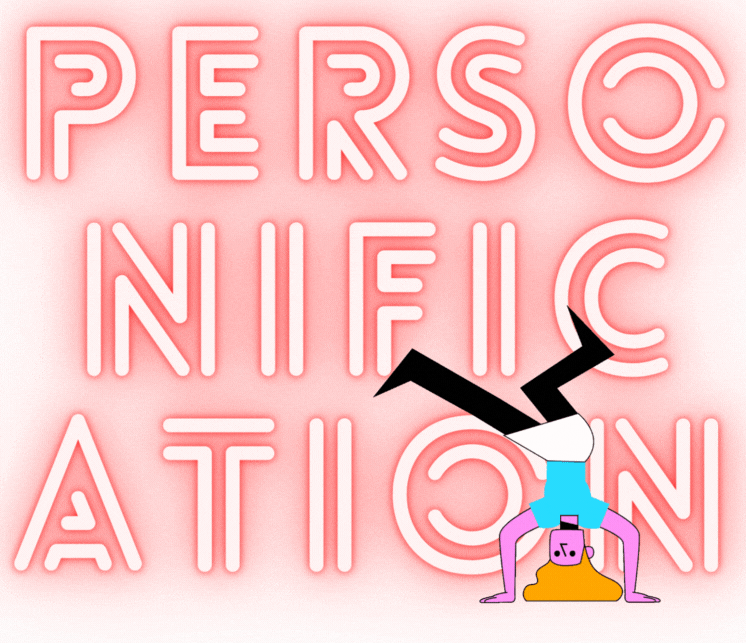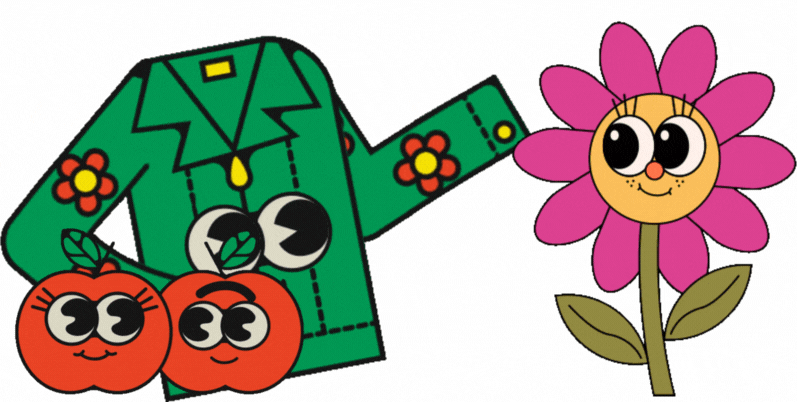3.4 Personification

Part 1: What is Personification?
Personification is a figure of speech where non-human objects, animals, or concepts are given human characteristics or qualities. In other words, it is a metaphorical representation of an inanimate thing or an abstraction as a human being.
“The flowers danced in the wind.”
In this sentence, the personification is found in the way flowers are described. Flowers, being non-human, cannot literally dance, which is a human action typically involving rhythmic movement often to music.
Part 2: Components of Personification
- Non-Human Entity: This is the subject that is being personified. It could be an animal, an object, a natural element, or an abstract idea. This is the entity that is given human traits or abilities.
- Human Trait or Action: This is the human characteristic, emotion, or action that is attributed to the non-human entity. It could be a physical action (like dancing or singing), an emotional state (like feeling happy or sad), or a mental process (like thinking or remembering).
- Context: This refers to the overall situation or setting within which the personification is used. The context can help you understand why the writer chose to use personification and what effect they are trying to achieve.

Example: “The sun greeted me with a warm smile.”
- Non-Human Entity: The sun
- Human Trait or Action: Greeted me with a warm smile
- Context & Meaning: This personification is used to convey a pleasant, welcoming atmosphere created by the warmth and brightness of the sun. The sun can’t literally smile or greet someone, but describing it this way adds a friendly and comforting tone to the scene.
Example: “The wind whispered secrets in my ear.”
- Non-Human Entity: The wind
- Human Trait or Action: Whispered secrets
- Context & Meaning: This personification is used to describe a gentle, soft wind as though it’s speaking or communicating in a secretive, intimate manner. This helps evoke a sense of mystery or intrigue and makes the wind seem more alive and active.
Example: “Time marches on, regardless of our plans.”
- Non-Human Entity: Time
- Human Trait or Action: Marches on
- Context & Meaning: This personification gives time the human action of marching on, suggesting relentless and unstoppable movement. This expression is often used to convey the idea that time is constant and unchanging, no matter what happens in our lives.
Activity 1: Identifying components of Peronification
Question 1: “The stars in the night sky blinked sleepily.”
Non-Human Entity:
Human trait or action:
Overall meaning or context:
Question 2: “The house groaned under the weight of the heavy snow.”
Non-Human Entity:
Human trait or action:
Overall meaning or context:
Question 3: “Opportunity knocked on the door.”
Non-Human Entity:
Human trait or action:
Overall meaning or context:
Question 4: “The city lights winked at me from a distance.”
Non-Human Entity:
Human trait or action:
Overall meaning or context:
Question 5: “Fear grabbed him by the shoulders.”
Non-Human Entity:
Human trait or action:
Overall meaning or context:
